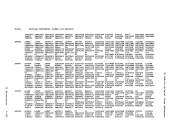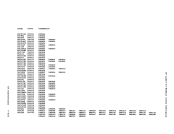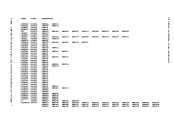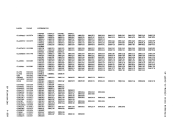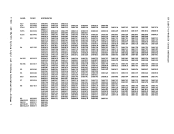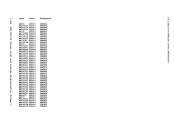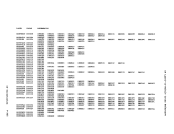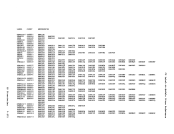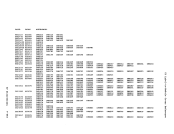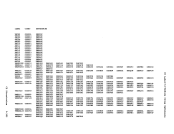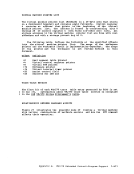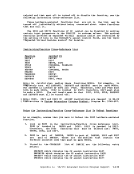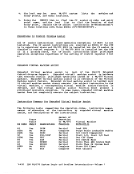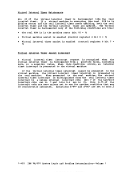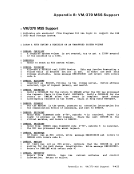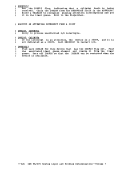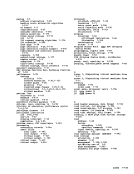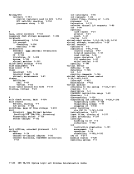virtual machine population. The auxiliary routine that assists the
scheduler and dispatcher is the request stack
places all virtual machines into various categories, and recognizes user
aachines as being in one of several states. The virtual aachine
categories either interactive or noninteractive virtual
punctuated by regular and frequent terminal
long processor execution
to enter interactive status whenever a channel prograa for virtual
console
virtual telecoamunications line has
interactive criterion, or one that has entered an idle wait state by
entering console function
loading a wait state
Non-interactive users are subdivided into several classes.
specified
machines that are waiting.
To give preference to certain classes of virtual machines, a priority
scheduling
priority class. The priority is a
however, the number
To efficiently
virtual
one state at any given instant.
dispatching decisions by looking only at the subset of virtual
lists of virtual
1 user's virtual
2
3
4
5
6
7
8
1-128
Interactive and not dispatchable (in queue1, in dispatch list)
Interactive and eligible for
storage (waiting for queue1, in eligible list)
In wait state with terminal read or write active
Non-interactive and dispatchable (in queue2, in dispatch list)
Non-interactive and not dispatchable (in queue2, in dispatch
list)
Non-interactive and eligible for queue2, but no available real
storage (waiting for queue2, in eligible list)
Idle
stopped (in console function mode)






















































































































































































































































































































